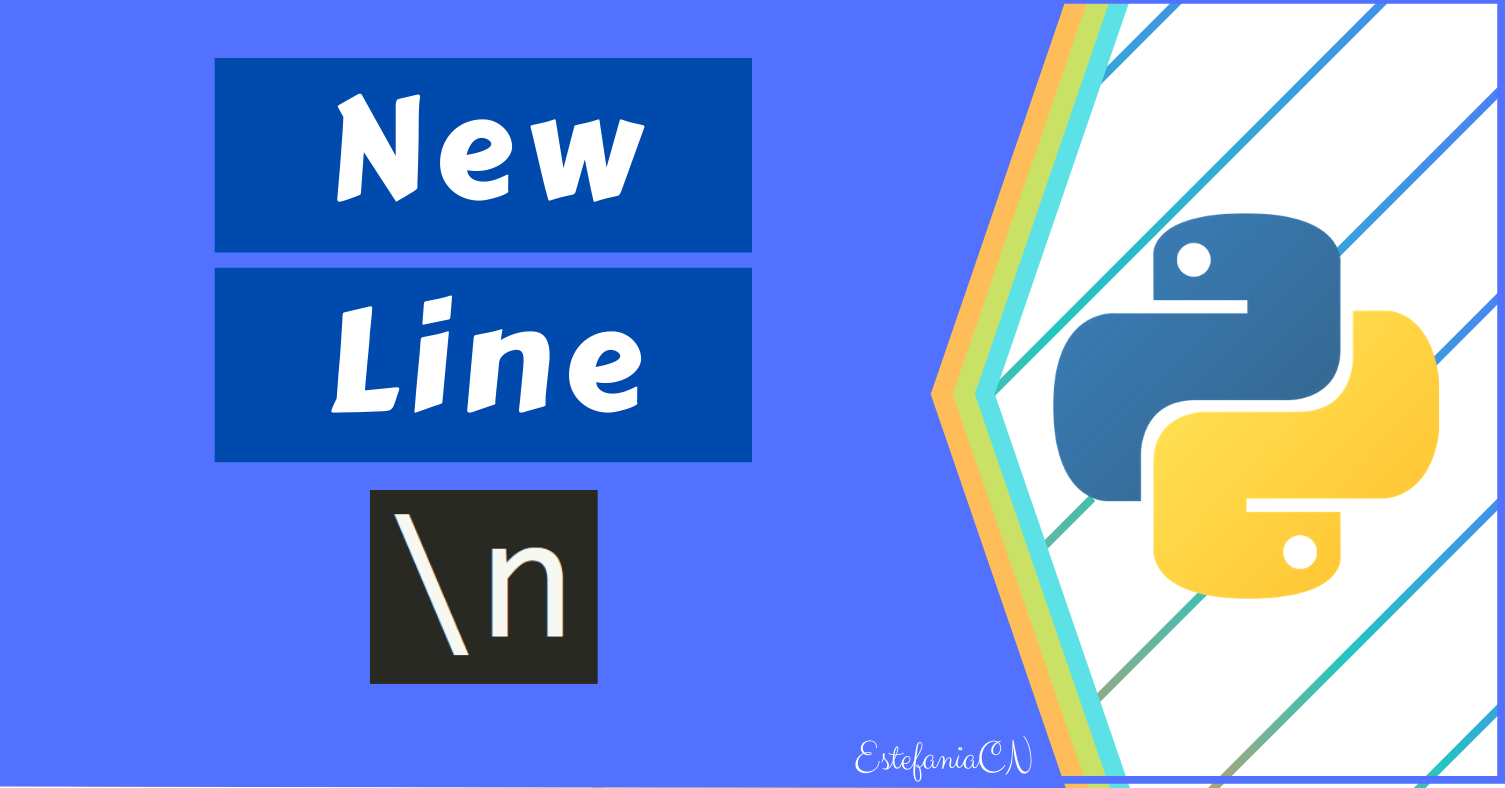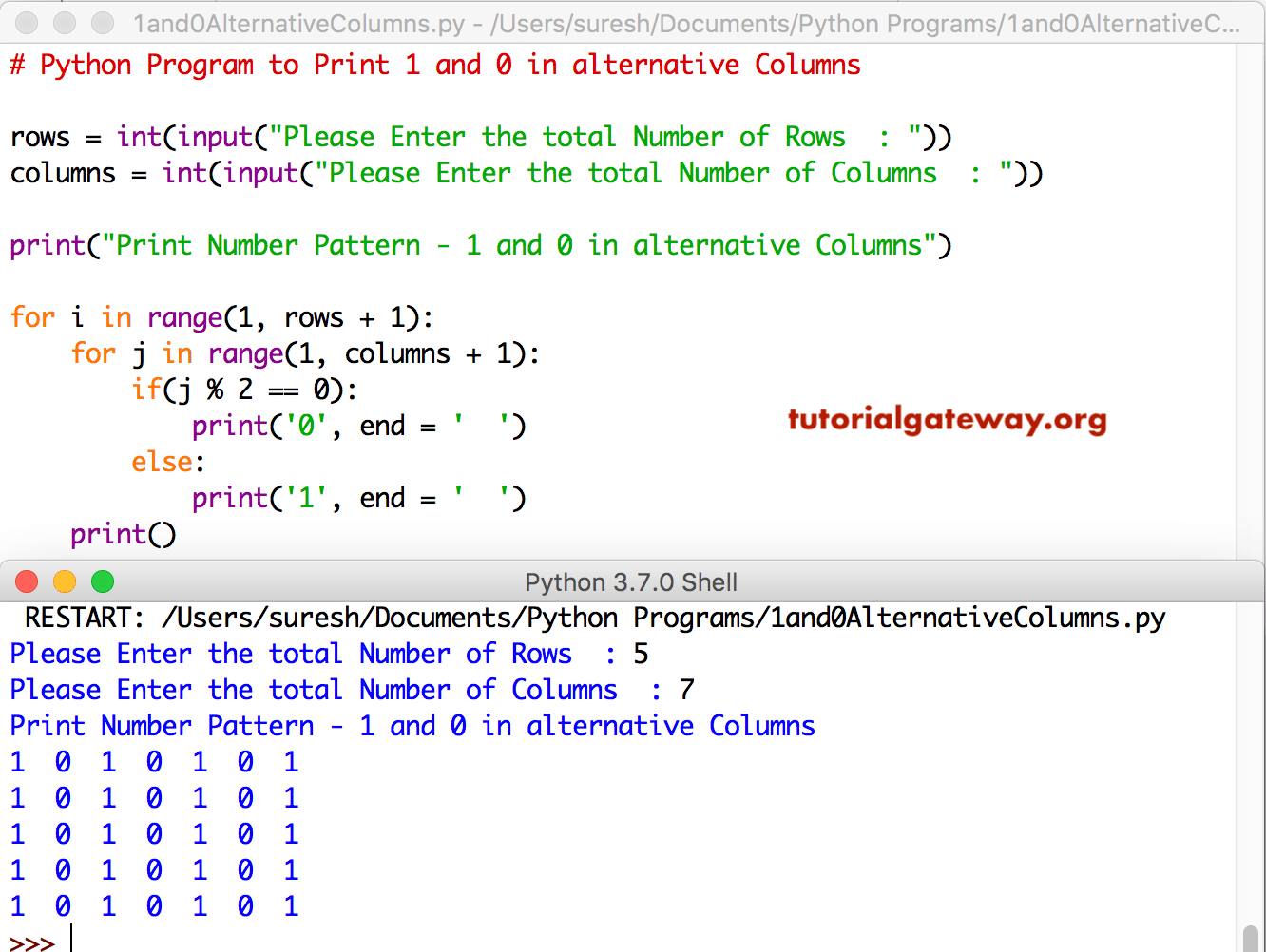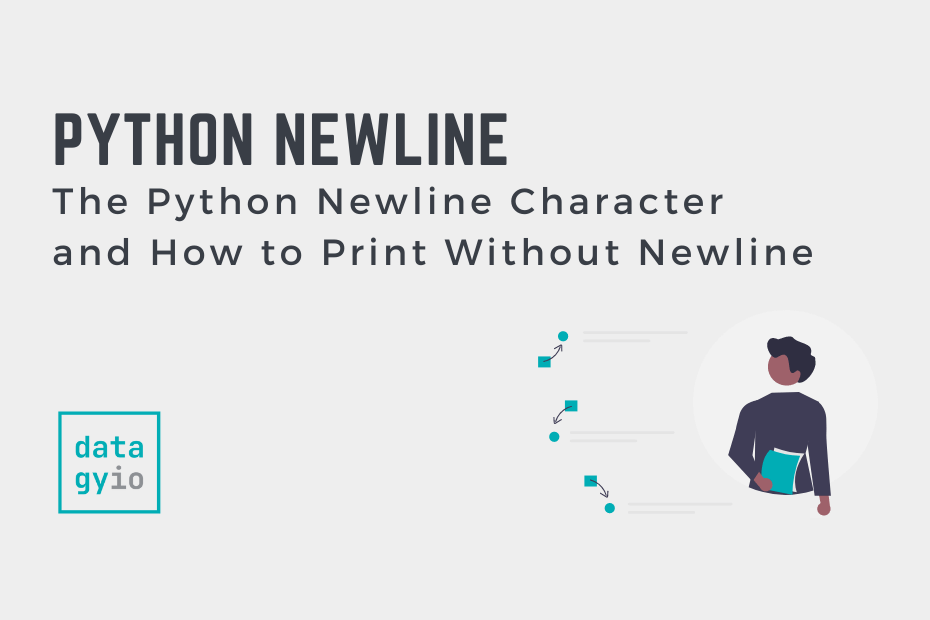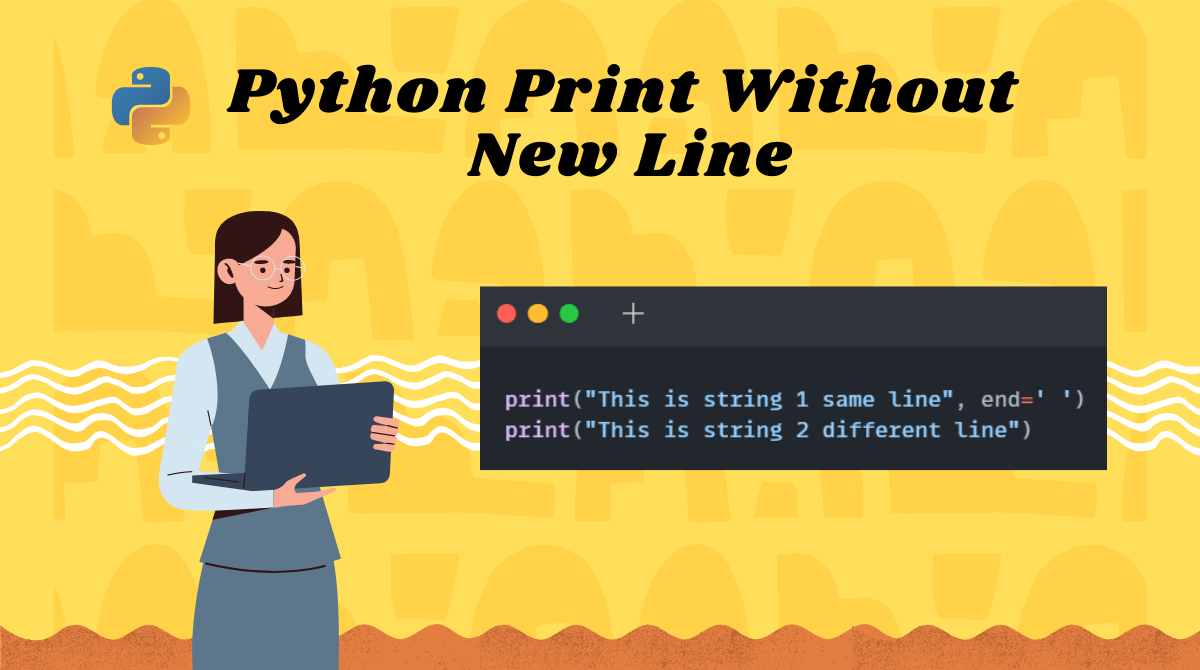
How To Use Print In Python Howto Techno
Print a new line after a variable in Python; Print a new line after a variable using a formatted string literal; Using a triple-quoted string to print new lines in Python; Print a newline after each list item in Python; Print a newline after each list item with a list of integers; Print a newline after each list item using a for loop

How To Use Print In Python Howto Techno
Since the Python print () function by default ends with a newline. Python has a predefined format if you use print (a_variable) then it will go to the next line automatically. Example Input: [geeks,geeksforgeeks] Output: geeks geeksforgeeks Input: a = [1, 2, 3, 4] Output: 1 2 3 4 Python3 print("geeks") print("geeksforgeeks") Output

Python における改行と、print 関数で改行させずに出力する方法
1) print ("") Pros: Shorter and more simple Cons: Might be less readable due to no mention of \n Relies on end being a newline, which may not be inherently obvious 2) print ("\n", end = "") Pros: It is obvious what the statement is meant to do Cons: Longer. Beginner might not know what the 'end' argument means. python python-3.x io newline

Worksheets for How To Print Multiple Columns Of A Dataframe In Python
How to print a new line in Python. by Nathan Sebhastian. Posted on Mar 07, 2023. Reading time: 1 minute. The new line \n character is used to tell Python when to break a text of string to a new line.. By default, Python already included a new line character by the end of your print statement.. When you call the print() function twice as follows:

Python Print Function and its Argument type IP ON WIRE
The new line character in Python is used to mark the end of a line and the beginning of a new line. Knowing how to use it is essential if you want to print output to the console and work with files. In this article, you will learn: How to identify the new line character in Python.

Python Print Without Newline Easy StepbyStep Guide
How to Print Without a Newline in Python According to the official documentation for the print () function, the function signature is as follows: print (*objects, sep=' ', end='\n', file=sys.stdout, flush=False) As you can see the function takes five arguments in total. The first one is the object (s) that you want to print on the terminal.

Python string with new lines
3 Answers Sorted by: 5 print always gives you the printable representation of the object being printed on stdout. When you say print (a, "\nhello\nJoonho"), here (a, "\nhello\nJoonho") is a tuple and hence represented as tuple object. To get more clarity on this: If you do print (a, "\nhello\nJoonho") [1] then it actually gets printed as

Python Basics Printing and Input YouTube
How to print without a newline or space Ask Question Asked 14 years, 11 months ago Modified 4 months ago Viewed 2.5m times 2418 Consider these examples using print in Python: >>> for i in range (4): print ('.') . . . . >>> print ('.', '.', '.', '.') . . . . Either a newline or a space is added between each value.

Python Basics Print & Input 2 YouTube
The Solution Printing with no newlines in Python 3 Python 3 provides the simplest solution, all you have to do is to provide one extra argument to the print function. # use the named argument "end" to explicitly specify the end of line string print ("Hello World!", end = '') print ("My name is Karim") # output: # Hello World!My name is Karim

Python Print Formatting YouTube
Python Script: Print new line each time to shell rather than update existing line I have a program that is telling me how far along it is. for i in some_list: #do a bunch of stuff. print i/len (some_list)*100," percent complete" So if len (some_list) was 50, I'd get that last line printed 50 times over.

Print Statement in python YouTube
In Python, \n is the new line character. It's used to mark the end of a text line. With end =

Python Print Without New Line Print on the Same Line
Printing in a Nutshell Calling print () Separating Multiple Arguments Preventing Line Breaks Printing to a File Buffering print () Calls Printing Custom Data Types Understanding Python print () Print Is a Function in Python 3 print Was a Statement in Python 2 Printing With Style Pretty-Printing Nested Data Structures

How To Use Print In Python Howto Techno
In Python, the character to create a new line is the \n character. Wherever this character is inserted into a string, a new line will be created when the string is printed out. In essence, this character indicates where a line ends - any further characters will be printed on a new line.

How To Use Print In Python Howto Techno
This tells Python to start a new line, much like how a poet would start a new line to emphasize a point or create a rhythm. Finally, Python encounters the word "World" and, as instructed, it prints "World" on the new line. More than One Way to Start a New Line. Python is a versatile language and provides more than one way to print a new line.

How to Remove a newline in Python YouTube
Why does Python's print function print on a new line by default? In the snippet below, we can see that by default the value of end is \n. This means that every print statement would end with a \n. Note that \n represents a new-line character. Source: Python documentation. Let's see an example of the print function. Code Example:

Python new line Developer Helps
How to Print Text In Next Line Using \n With Python. If you want to print the required text content in the new line in Python. You have to use the \n newline character in the place where you want the line break. Put as many newline characters in the text content as you want. There is no limit to place the number of \n in the text content. 1.